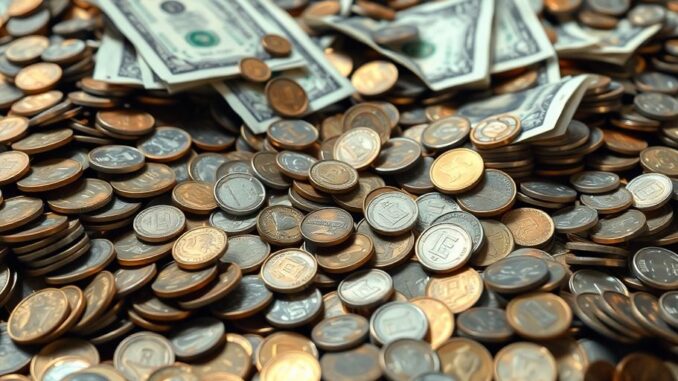
The financial landscape for savers is shifting as interest rates on Certificates of Deposit (CDs) and other high-yield savings accounts are on a downward trend. This decline is primarily a direct consequence of recent actions by the Federal Reserve, which has implemented cuts to the federal funds rate, signaling a less favorable environment for deposit account yields.
Key Takeaways
- The Federal Reserve’s recent rate cuts are directly causing a decline in interest rates for CDs and high-yield savings accounts.
- CD yields are expected to continue their downward trajectory, making now an opportune time to lock in current rates.
- Unlike fixed-rate CDs, high-yield savings and money market accounts have variable rates that are also likely to decrease further.
- Despite the drops, top-yielding accounts still offer returns that outpace inflation, preserving purchasing power.
Why Are Rates Falling?
The primary driver behind the falling interest rates on deposit accounts is the Federal Reserve’s decision to lower the federal funds rate. When the Fed reduces this benchmark rate, it indirectly leads banks to lower the Annual Percentage Yields (APYs) they offer on products like CDs and savings accounts. This trend has been observed following the Fed’s recent 25-basis-point cut, which came after previous reductions.
According to Greg McBride, CFA, Bankrate’s chief financial analyst, the rates banks offer are more a reflection of their need for deposits than benevolence. Banks with less demand for new deposits are often the first to cut their rates more drastically.
Impact On Your Savings
The impact of these rate changes varies depending on the type of savings vehicle:
- Certificates of Deposit (CDs): CD yields are generally fixed for their term, but new offerings are declining. Experts advise against waiting, as better offers are unlikely. While a 4.50 percent APY might still be found, it may not last long if the Fed continues its rate-cutting cycle.
- High-Yield Savings Accounts: These accounts typically have variable rates, meaning banks can adjust them at any time. Following Fed rate cuts, yields on high-yield savings accounts are expected to continue decreasing. In contrast, many traditional savings accounts, which didn’t significantly raise rates during periods of Fed hikes, may remain at very low APYs (e.g., 0.01 percent).
- Money Market Accounts: Similar to high-yield savings accounts, money market accounts also feature variable rates and are likely to see their yields tumble further if the Fed implements more cuts.
What Savers Should Do
Given the declining rate environment, savers should consider their options carefully. If you’re considering a CD, it’s crucial to ensure you won’t need the funds before the term ends, as early withdrawal penalties can apply. CDs are best for money you can comfortably lock away.
Greg McBride emphasizes that "further declines in CD yields make now an opportune time to lock in." He also advises regularly comparing APYs, especially for variable-rate accounts, to ensure you’re earning a competitive return. Even with rates decreasing, top-yielding accounts still offer returns well above inflation, helping your money maintain its purchasing power.

